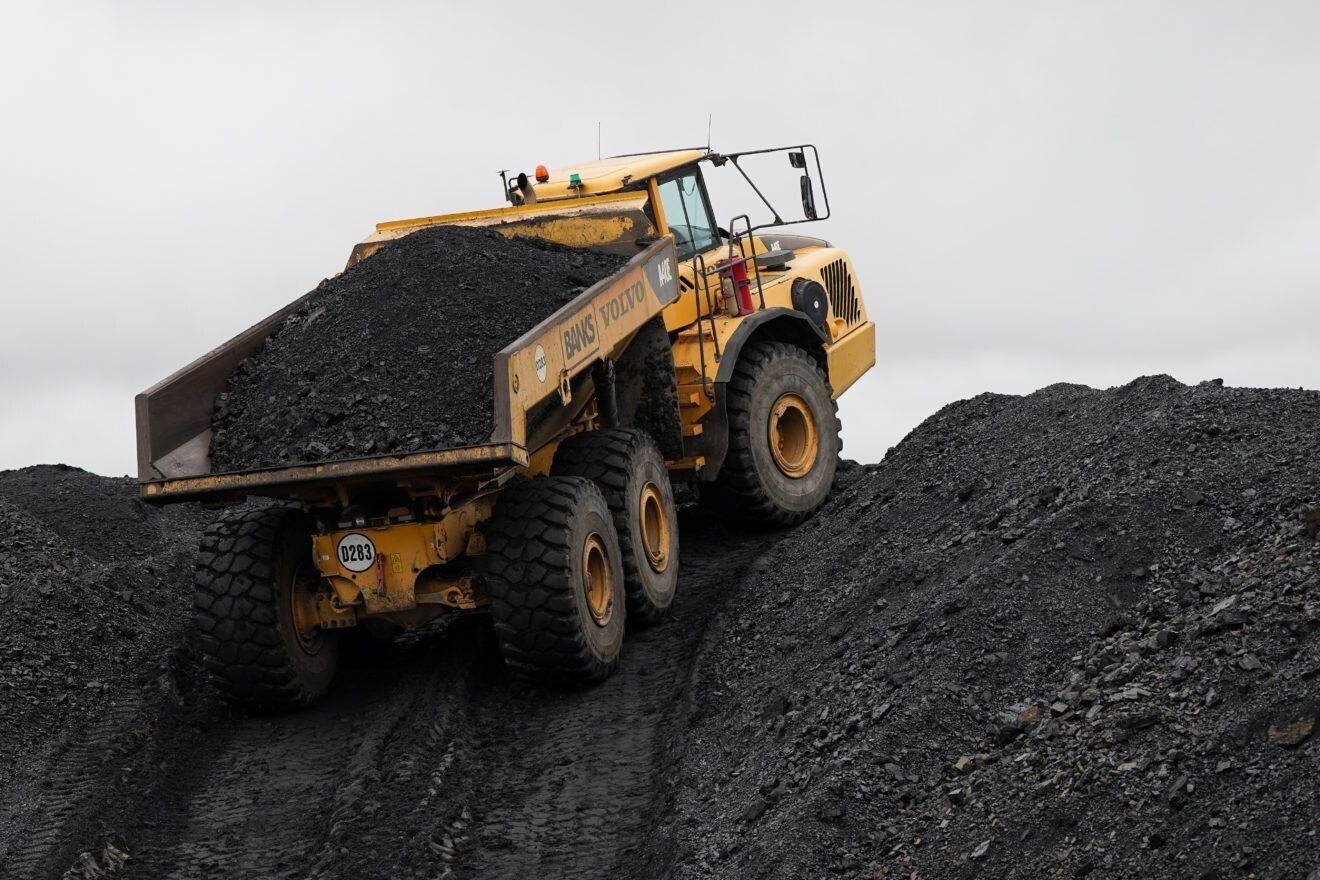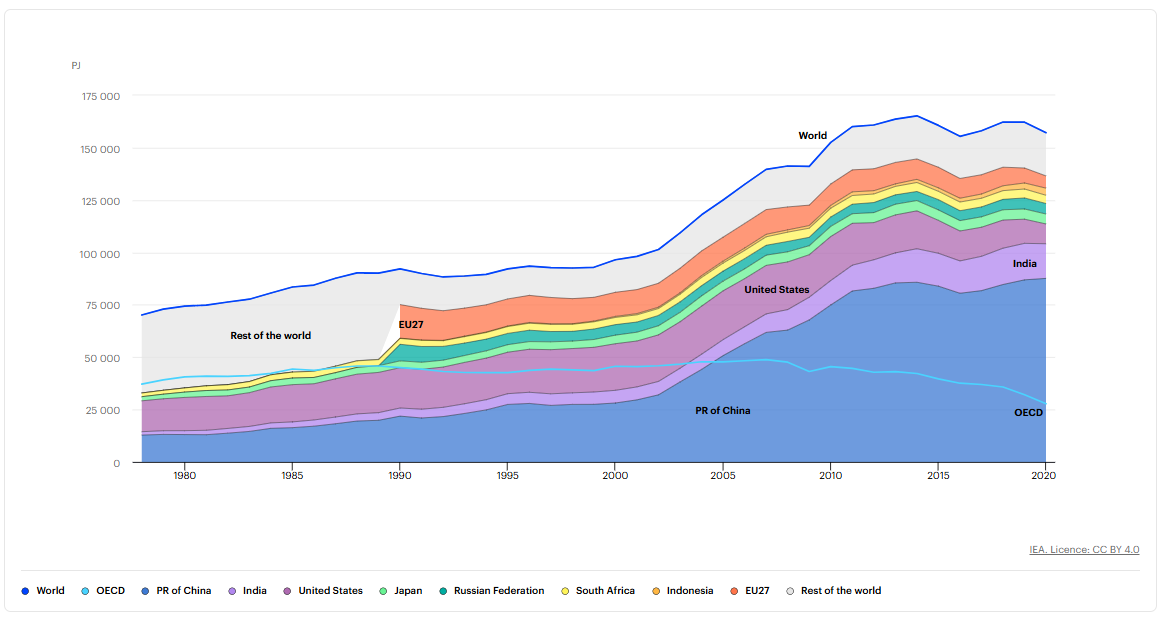

South Africa has officially endorsed coal as a critical mineral due to its substantial economic impact and strategic importance, according to Minister of Minerals and Petroleum Resources Gwede Mantashe.

Speaking in Cape Town, Mantashe highlighted the completion of a study on critical minerals, emphasising coal’s pivotal role in driving the nation’s economy.
The minister highlighted Africa's vast critical mineral potential, stressing the importance of regional collaboration in value addition rather than independently exporting raw materials.
Gwede Mantashe said, "For us, coal is a critical mineral because it generates substantial revenue. The coal sector remains highly attractive for new and expanded investments."
"As a continent, we become vulnerable to exploiting critical minerals individually rather than looking at prospects as a region."
"South Africa produces 37 per cent of the world's manganese, and we are now exploring ways to enhance its value. If we lack the capacity, we should seek cooperation with neighbouring countries like Lesotho to develop value-adding initiatives."

Source: IEA
Mantashe highlighted South Africa's dominant position as the world's leading producer of platinum group metals, boasting 70 per cent of global reserves and an annual output of 25 million tonnes in 2021. He encouraged investors to explore the untapped potential of PCMs in the resource-rich Limpopo and North West provinces.
**Around 70-72 per cent of South Africa’s primary energy needs are provided by coal. This is unlikely to change significantly in the next decade due to the relative lack of suitable alternatives to coal as an energy source.
The South African aluminium industry
The South African aluminium industry stands as a key pillar of the nation's economy, contributing significantly to economic growth and government revenues. Beyond its financial impact, the sector directly employs approximately *11,600 people in stable, well-paying jobs. When factoring in the industry's broader economic influence, the employment figure rises to *28,900, with total dependents reaching an estimated *55,700. Additionally, the industry plays a crucial role in generating substantial foreign exchange earnings for the country.
Hillside Aluminium, the largest aluminium smelter in the Southern Hemisphere, is located in Richards Bay, KwaZulu-Natal, South Africa. Wholly owned and operated by South32, the smelter boasts an impressive annual solid metal production capacity of 720,000 tonnes (0.72 million tonnes).
Catering to both domestic and international markets, Hillside Aluminium plays a pivotal role in supporting South Africa’s downstream aluminium industry. It supplies liquid metal to Hulamin and other local manufacturers, enabling them to produce high-quality aluminium products for both local consumption and global export.
Currently, the smelter relies predominantly on thermal power, which is largely coal-based and contributes significantly to its carbon emissions. Recognising the need for a more sustainable energy mix, South32, the parent company of Hillside Aluminium, is actively exploring options to secure green electricity for the smelter.
Gain insights into global primary aluminium production trends and regional consumption patterns across key markets. Understand sector-wise demand dynamics shaping the industry's future. Explore the factors influencing supply, demand, and market growth. Stay informed about emerging opportunities and challenges in the aluminium sector. Access the latest industry outlook for a comprehensive analysis of 2025 projections.
Top image credit: Agarwal Coal
*AFSA
**ESKOM



Responses






